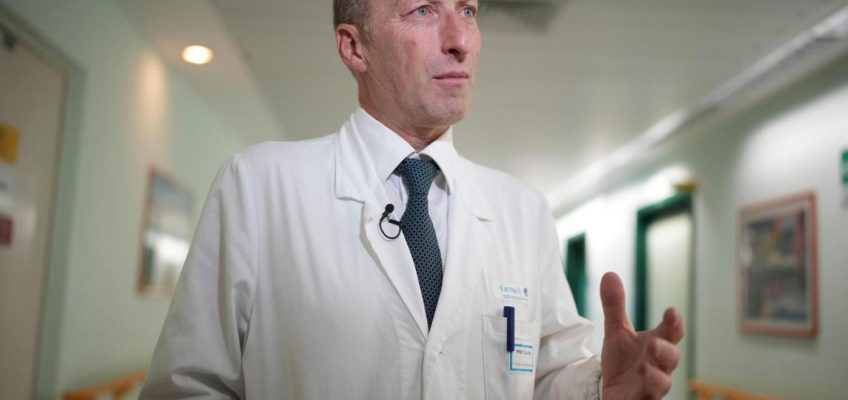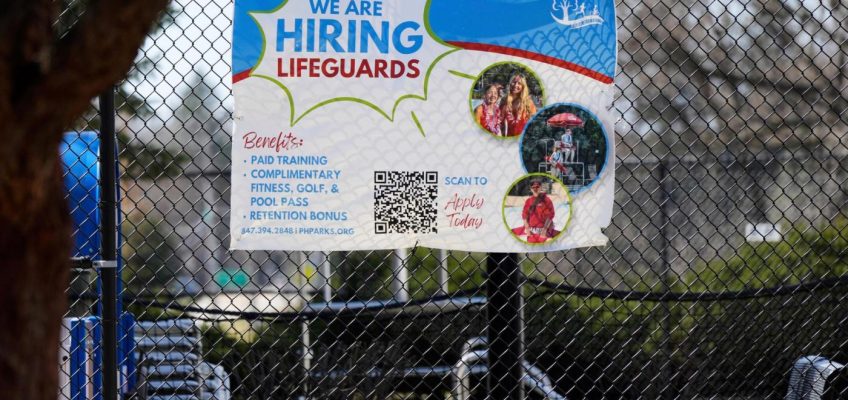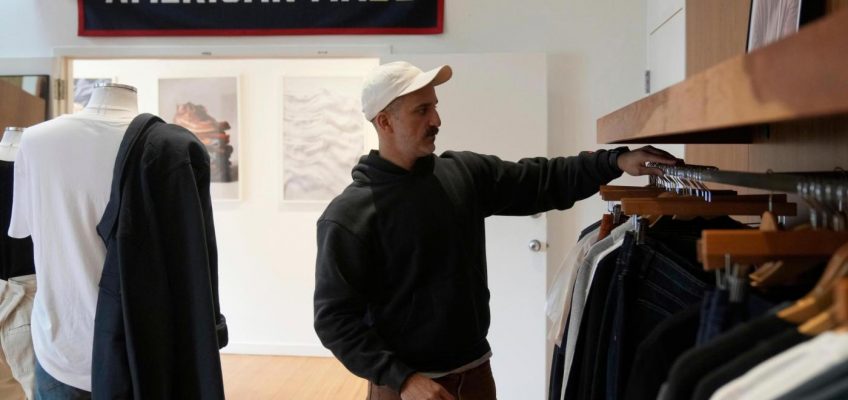By COLLEEN BARRY, Associated Press
ROME (AP) — Pope Francis’ doctor has recounted the pontiff’s final moments in a pair of newspaper interviews, saying the pontiff had his eyes open and was breathing with oxygen, but unresponsive after being stricken by illness early Monday morning. “He died without suffering, at home,” the doctor said.
Dr. Sergio Alfieri coordinated Francis’ five-week hospital treatment for double pneumonia and continued to oversee the pope’s treatment after the pontiff returned to the Vatican on March 23 for two months of rest to allow a full recovery.
Alfieri was alerted at 5:30 a.m. Monday by Francis’ health care assistant, Massimiliano Strappetti, that Francis had been stricken and needed to be taken to the hospital. The doctor told the Milan daily Corriere della Sera that he arrived 20 minutes later.
“I went into his room, and he had his eyes open. I noted that he did not have respiratory issues, so I tried to call him but he did not respond,’’ Alfieri was quoted by Corriere as saying, adding that his lungs were clear and he was receiving supplemental oxygen. “He also did not respond to stimuli, even painful ones. In that moment I understood there was nothing more to do. He was in a coma.’’
Alfieri said it was too risky moving Francis back to the Gemelli hospital, where he was treated for a complex respiratory infection that nearly killed him twice.
Two hours after falling ill, the pope died, having suffered a stroke.
“He died without suffering, at home,″ Alfieri told the Rome daily La Repubblica.
Cardinal Pietro Parolin arrived and said the rosary over the body, accompanied by the papal household staff, Alfieri told Corriere. “I gave him a caress, as a farewell,’’ the doctor said.
Pope Francis lies in state inside St. Peter’s Basilica at the Vatican, Thursday, April 24, 2025. (AP Photo/Alessandra Tarantino)
Vatican News has reported that the pope managed a gesture of farewell to Strappetti after falling ill.
Alfieri became the pope’s surgeon when he needed treatment for diverticulitis in 2021. Alfieri tried to get him on a diet after the surgery.
“He had a big sweet-tooth, and sometimes would go to the kitchen at the Santa Marta hotel for a midnight snack. He put on (nearly 30 pounds) too many. At times I came off as too rigorous, because he told me, ‘Remember to live with irony.’ “
After the pope suffered several severe respiratory crises in the hospital that required decisive treatment, the surgeon said, “We knew he wouldn’t return to his former condition, and that the infection had left another scar on his lungs.”
Still, ”he improved with physical therapy. I saw him on Saturday, and I found him in good shape. I didn’t think it would be the last meeting,” Alfieri told la Repubblica.
Though Francis was ordered to rest and avoid crowds for two months to recover, Alfieri expressed understanding for the pope’s desire to return to work. “Going back to work was part of his treatment, and he never exposed himself to dangers,″ Alfieri told Corriere.
Francis couldn’t resist appearing in St. Peter’s Square on Sunday, which culminated with a long drive through the Easter crowd of 50,000 on the pope mobile, with several stops to bless children. He also insisted on inviting health care workers from the Gemelli hospital to the Vatican before Easter, even though the doctor suggested they wait until the end of the two-month convalescence in June.
“I have the clear sensation now that there were a series of things he felt he had to do before dying,″ Alfieri told Corriere. ”We knew he wanted to return home to be pope until the last instant, and he didn’t disappoint us.”




